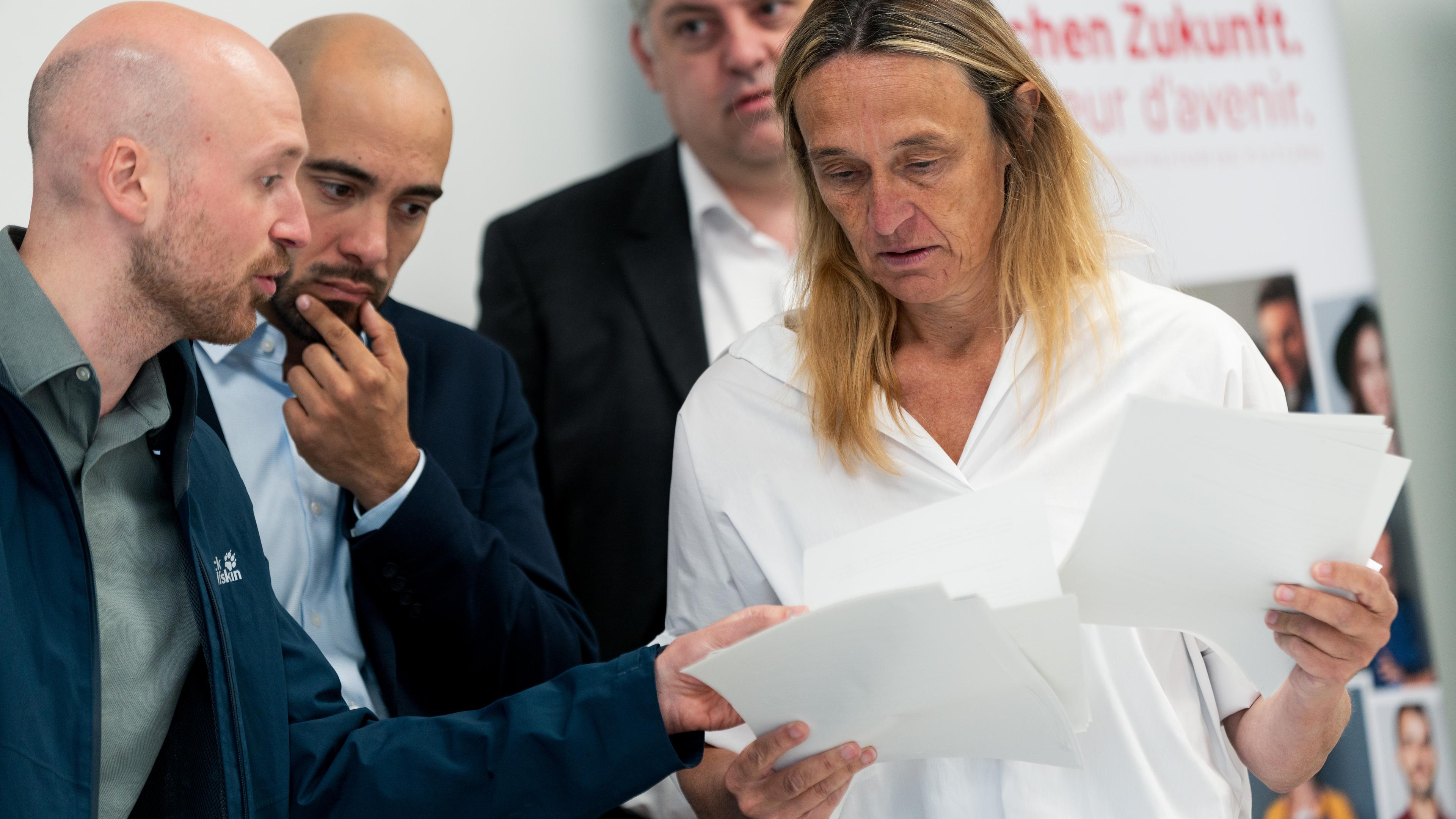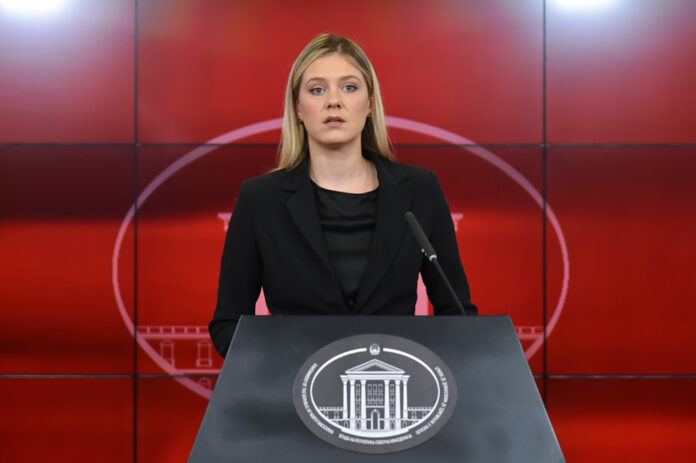Chetniks with Albanian national clothing and illegal border crossing in 1907
However, although in the May 16, 1907 report, Rakic was allegedly against the penetration of Chetnik gangs into the Kosovo vilayet, they were already reality and posed a serious danger to the local population. The entry of Chetnik units into Kosovo in the summer of 1907 was also identified by foreign diplomats. Thus, in a report by the Austro-Hungarian consul Lukes from Skopje it was clear that « crossing the border in the Vranje-Kozjak relation, which is officially banned, has happened, even during the illegal border crossing, the Chetniks were dressed in Albanian national clothing »
Seeing as a constant risk the presence of the Austro-Hungarian factor within the Albanian movement on the one hand and the inability to introduce influence within the structures of Albanians, between Serbian consuls in Pristina in 1907 there is some nervousness. Even the Consulate in Pristina had not even undertaken something about establishing contacts with authoritative Albanians. In the first place the reason for this initiative was to frequent consuls change. In the meantime, Belgrade had proven that through various « patriotic » associations to establish political ties with Albanians even without the participation of the consulate, were the opinions that were most often heard among Serbian consuls that served not only in Pristina but also in Albanian lands.
« Money is needed to extend the impact on the leaders of the Albanians »
Although not seen as a single alternative, Deputy Consul Milan Rakic in Pristina still returned to the issue of organizing the Chetnik Movement and its organization in the Vilayet of Kosovo.
« I have to admit that so far there is not enough data, which could reliably assess what the consequences would have from Chetnik activity in these areas and whether it is possible to organize such an activity, as first of all the experience is lacking but it has not worked so much. There would be no Serbs left. »
His long elaboration in a report sent to Belgrade, Rakic has concluded with the following proposals: “Approaching Albanian leaders is necessary and the eventual agreement with them in addition to the Peja and Prizren Nahina, should be expanded in the provinces where there are no Serbs, such as such a predicate. That Llapi is on our border and first we will come across this province and then we would continue. Drenica has no Serbs.
Serbian consul in Pristina: « Please give them ten rifles »
However, although in the May 16, 1907 report, Rakic was allegedly against the penetration of Chetnik gangs into the Kosovo vilayet, they were already reality and posed a serious danger to the local population.
« Since the gangs have begun to pass through the bins of Gjilan, the consulate has always warned the ministry and (Chetnik) councils for the serious consequences and has been persistently against sending gangs through the Gjilan Kaza. Weapon.
The entry of the Chetnik units into Kosovo in the summer of 1907 was also identified by foreign dipolomats. Thus, in a report by Consul Austria-Hunagrez Lukes from Skopje it was clearly stated that « the border crossing (of members of the Chetnik Movement-SL) in the Vranje-Kozjak report, which is officially prohibited, happened, even during the illegal border crossing, the Chetniks were dressed in Albanian national clothing. »
Besa’s connection to the Gjilan province and its disrespect
Although one of the most endangered nahs of the Kosovo vilayet from the penetration of the members of the Chetnik Movement remains that of Gjilan, due to the lands extending along the Serbian border, but also because of the establishment of the Chetnik Movement Committee in neighboring Vranje, it can be said to remain anachronistic in Albanian cooperation in movements around the border in this area.
A diplomatic report of June half of 1907 stated that St. George in Nahia in Gjilan had reached the « Besa League » and despite warnings that the Serb minority would be included under it, but only the Serbs of Kamenica Nahia consisting of seventy villages. Relations between Albanians and Serbs, regarding Besa, were regulated as follows: Albanians had their own trial where they resolved the disputes between themselves, as well as Serbs had their own trial. But if the dispute or conflict was between Albanians and Serbs, then both Albanian and Serbian trials investigated the case and if the Serb was guilty then he was handed over to the Serbian court. In the same way it was done if the Albanian was guilty. However, at the end, whether Albanian or Serbian was handed over to the state court.
So it is clear that the promoter and supporter of the idea of achieving faith and separate trials was power itself, but it seems that the organization of the trials did not like the internationals in this way, so in the spirit of reforms they probably deliberately identified the existence and work of the Criminal Court in Pristina during 1907.
Thus the implementation of the Besa Agreement in the Nahia of Gjilan continued the entire summer of 1907, not even the results achieved.
« In the Nahia of Gjilan ‘The Trials of Besa’ are acting without any obstacles. The peace that has overwhelmed by St. George and the freedom enjoyed by our people (Serbs) but also Albanians are further influencing the leaders of this movement and not only is it expected to be respected, but such an agreement will be expanded. Criminal and in fact the trials of Besa have the weight of state trials. Immediately ”, reported on July 4, 1907.
Unfortunately, in his same report, Consul Milan Rakic wrote from Pristina about the passing of a Chetnik gang precisely in the Kazana of Gjilan, which he brought to an additional argument that all elaborations about the « Besa Trials » and achieving cooperation with Albanians were in vain and they undermined the territorial enlargement project!
By: Skender Latifi / Koha.net






